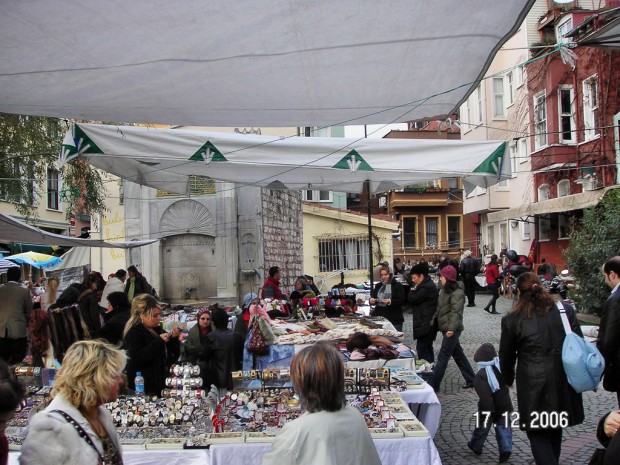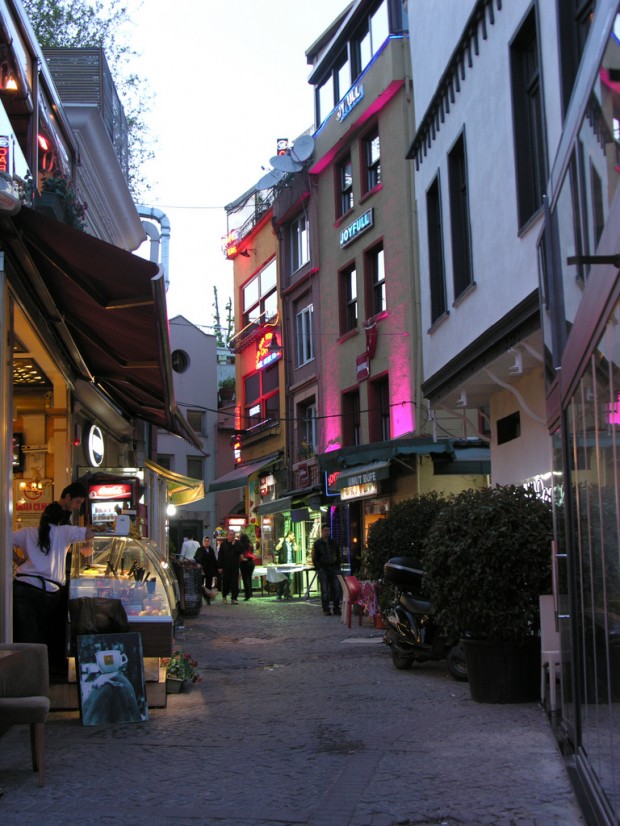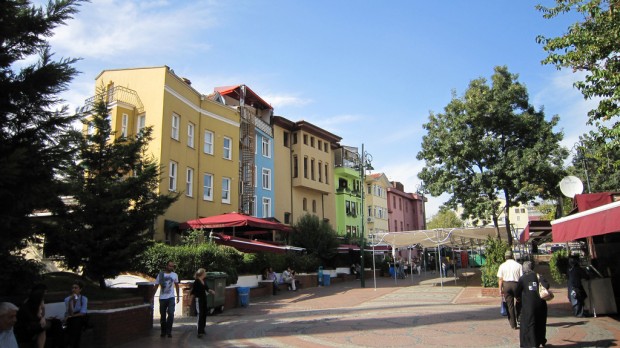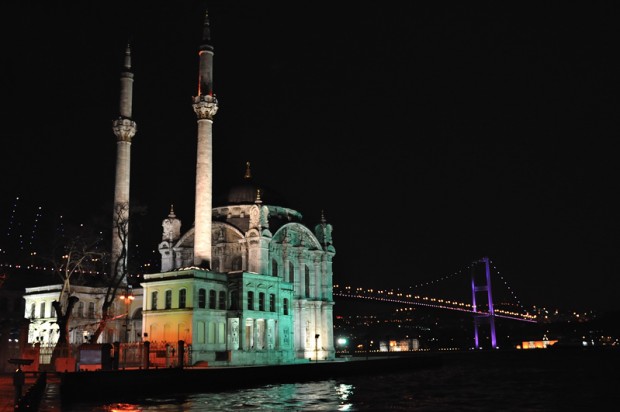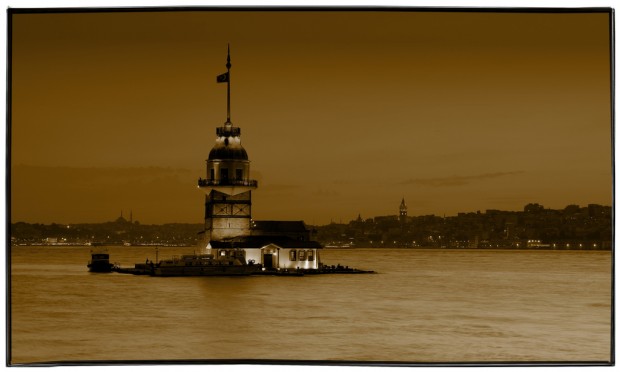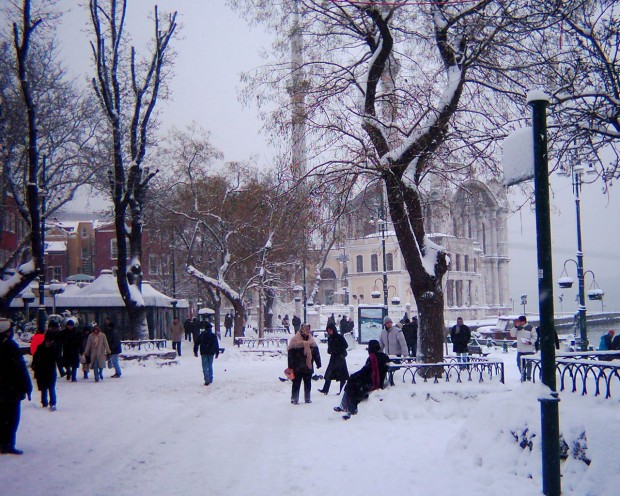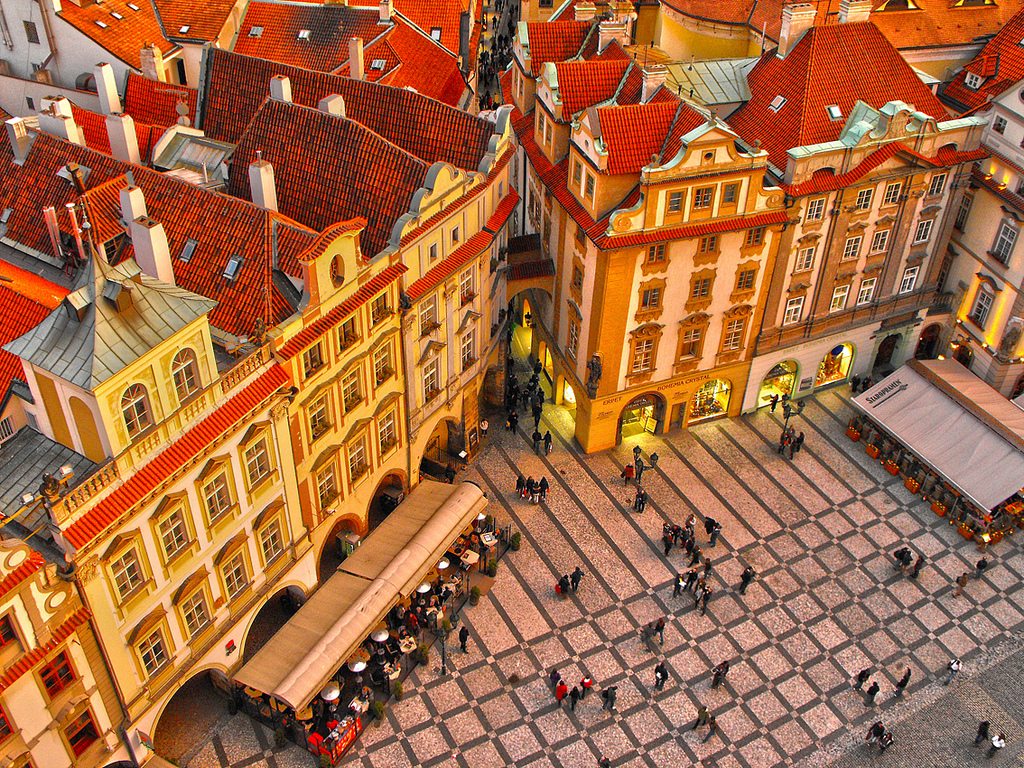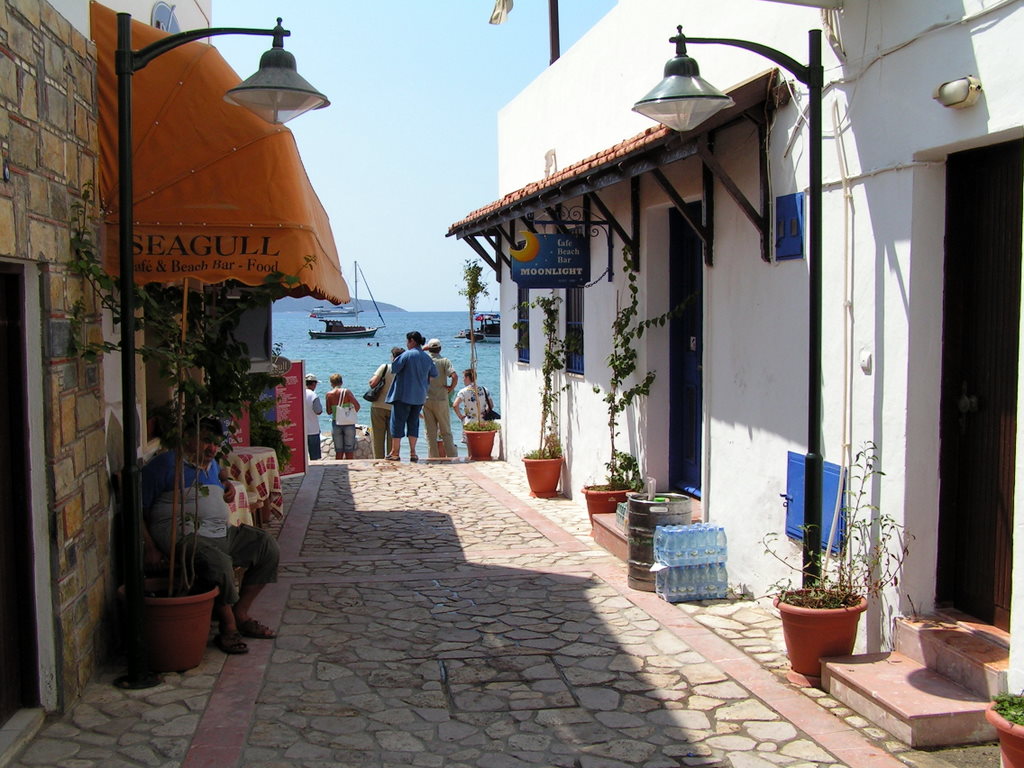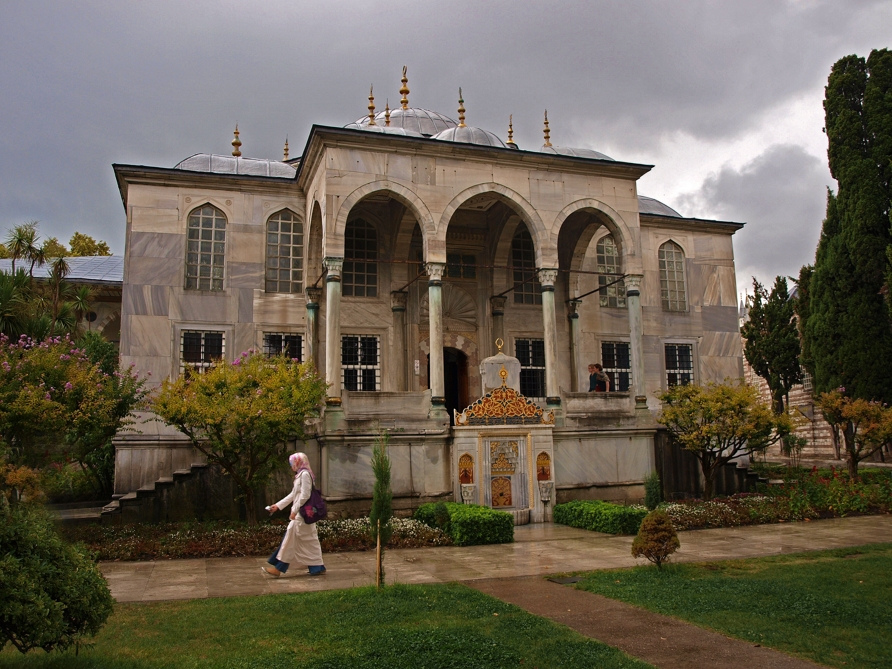Ortaköy literally translates to “the village in the middle” and indeed, this neighbourhood was once 8 kilometers northeast of Sultanahmet in the middle of the European Bosphorus shore. Today, Ortaköy is now one of the coolest, most artsy and chic neighbourhoods in Istanbul, with atmospheric cafés and bistorts, crowds of sophisticated, young residents and visitors, and trendy boutiques.
View of Ortaköy, down of the Bosphorus Bridge
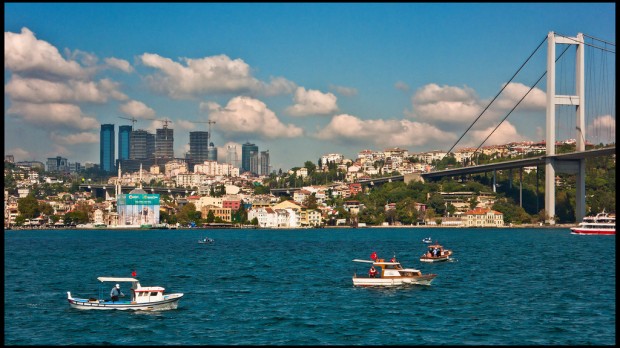
Image by Guillén Pérez via Flickr
Ortaköy is among the nicest neighbourhoods on the Bosphorus Strait of Istanbul’s Besiktas districts, directly under the first Bosphorus Bridge. During the Ottoman period, Ortaköy was merely a small fishing village with an attractive location, as a result of which it also became a resort for the Ottoman dignitaries. The popularity of the district has still not waned after so many years since foreign visitors and local Turks continue to visit.
Image by Turan Ko via Flickr
It is a good place for anyone who may want to stop for coffee or tea, a meal or a snack, a rest or some boutique window-shopping, especially if an entire morning has been spent sailing north to Sariyer on a Bosphorus cruise.
If it is a Sunday, an extemporaneous street market of artists can be expected to be seen in the neighborhood with their wares on display so that passersby may admire them and also purchase them. Ortaköy does not jump out at tourists, but the neighborhood has plenty of history. For anyone who wants to pay a visit to the Etz Ahayim Synagogue, all they need to do is hop on a bus or minibus and hop off at Osmanzade Sokak, which is quite nearby. The bell tower and the steeple of a small Orthodox church are also quite near to the Etz Ahayim Synagogue.
Traditional Ortaköy Houses
Image by Pi István Tóth via Flickr
Anyone who wants to get to the Bosphorus shore and the Büyük Mecidiye Camii, which is the most famous landmark in Ortaköy, all they need to do is walk east on Osmanzade. The Büyük Mecidiye Camii literally translates to Grand Imperial Mosque of Sultan Abdülmecid I. However, usually it is just called Ortaköy Camii or Ortaköy Mosque. The mosque is a late example of the imperial mosques in Istanbul, lying almost beyond the Bosphorus European shore’ on the water.
Nikogos Balyan is the architect who designed the eclectic-Baroque mosque in 1854. He also designed the Dolmabahçe Palace and was a descendant of an entire line of Armenian imperial architects. Quite a few masterful Arabic calligraphies are hung up within the mosque that Sultan Abdülmecid executed himself since he was a seasoned calligrapher.
The Grand Imperial Mosque of Sultan Abdülmecid
Image by Guillermo Fdez via Flickr
June 2014 marked the completion of the restoration work that had been taking place on the Ortaköy Mosque and now it is once again open to the public and worshippers. The seaside beside the mosque has been filled with coffeehouses and tea terraces for decades. These coffeehouses and tea terraces that overlook the water also happen to be among the prime attractions in Ortaköy.
Maiden’s Tower (Kız Kulesi)
On weekends, there tends to be an excessively heavy and slow traffic on the road along the Bosphorus shore. Therefore, the perfect time to visit Ortaköy is on weekdays during midday. Whether tourists want to see the many historic monuments in Ortaköy or visit one of the various glamorous bars and clubs, all they need is a Turkey visa to travel to Turkey and go to Ortaköy.
Image by Tolga “Musato” via Flickr

